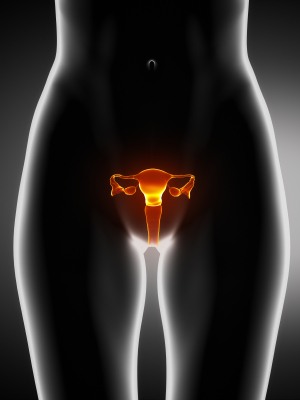Robotic Gynaecology
Gynaecology

Gynaecology is the medical specialty dealing with the health of the female reproductive system (uterus, fallopian tubes, ovaries, vagina and vulva). Gynaecology deals with a large number of female medical complaints such as:
Abnormal periods (Menorrhagia – heavy periods, Dysmenorrhoea – painful periods), Amenorrhoea – absent periods)
Pelvic pain
Infertility
Prolapse
Incontinence of urine
Infections of the female genital tract
Cancer of the ovaries, fallopian tubes, uterus, cervix, vagina and vulva
Gynaecologists may employ medical or surgical therapies depending on the nature of the problem. Gynaecological surgery has become less invasive over the years. Fewer operations require 'open surgery' and many operations can now be performed laparoscopically (keyhole) using an endoscopic camera and operating through small abdominal incisions.
Other common operations in gynaecology include:
 Evacuation of retained products of conception (ERPC), for the treatment of miscarriage.
Evacuation of retained products of conception (ERPC), for the treatment of miscarriage.
Hysteroscopy - endoscopic examination of the uterine cavity
Laparoscopy - endoscopic examination of the abdominal cavity
Hysterectomy - the removal of the uterus
Myomectomy - removal of fibroids (common benign uterine tumours)
Oophorectomy - removal of the ovary(s)
Salpingectomy - removal of fallopian tube(s)
Gynaecology operations that are particularly well suited to robotic surgery are robotic hysterectomy, robotic myomectomy, robotic excision of endometriosis, and robotic sacrocolpopexy.
Hysterectomy
Hysterectomy often serves as a treatment for period problems, chronic pelvic pain, fibroids, endometriosis, uterine prolapse and some gynaecological cancers. Hysterectomy is an operation that removes all of the uterus (total hysterectomy) or the body of the uterus conserving the uterus (subtotal hysterectomy). In some cases it may be clinically indicated to remove the patient’s ovaries and tubes (salpingo-oophorectomy).
Myomectomy
Myomectomy is a gynaecology procedure used to remove fibroids from the uterus. This is an operation suitable for women who need fibroids removed but wish to preserve their fertility. Fibroids may cause heavy periods, pelvic pain and infertility. Robotic surgery can facilitate excision of the fibroids and suturing the uterus once the fibroids have been removed.
Robotic excision of endometriosis
Robotic excision of endometriosis aims to remove all visible endometriosis. Endometriosis is caused by endometrium cells (that usually line the uterus) growing outside the uterus, often on the walls of the pelvis and ovaries. Endometriosis is a common cause of symptoms such as pelvic pain, painful and heavy periods and painful intercourse. The symptoms of endometriosis can be suppressed medically but most of these are contraceptive and do not always work. Surgical treatment in gynaecology can either be ablation of endometriosis or excision of endometriosis. The robot enables the surgeon to precisely excise endometriosis from areas that can be very difficult to access with open or laparoscopic surgery.
Sacrocolpopexy
Sacrocolpopexy is a gynaecology procedure used to treat women with a symptomatic prolapse of the vagina. The operation is usually performed in women who have suffered a vaginal prolapse following a previous hysterectomy. Sacrocolpopexy attaches a permanent synthetic mesh from the vaginal vault to the sacrum (part of the backbone) providing long-term support for the patient’s vagina.
